California’s recent minimum wage hike to $20 per hour, signed into law by Governor Gavin Newsom, has prompted fast food chains to adapt their strategies. While initial reactions suggested higher prices to offset increased labor costs, a surprising trend is emerging: some restaurants are introducing new value menus to attract customers, potentially leading to lower prices on select items.
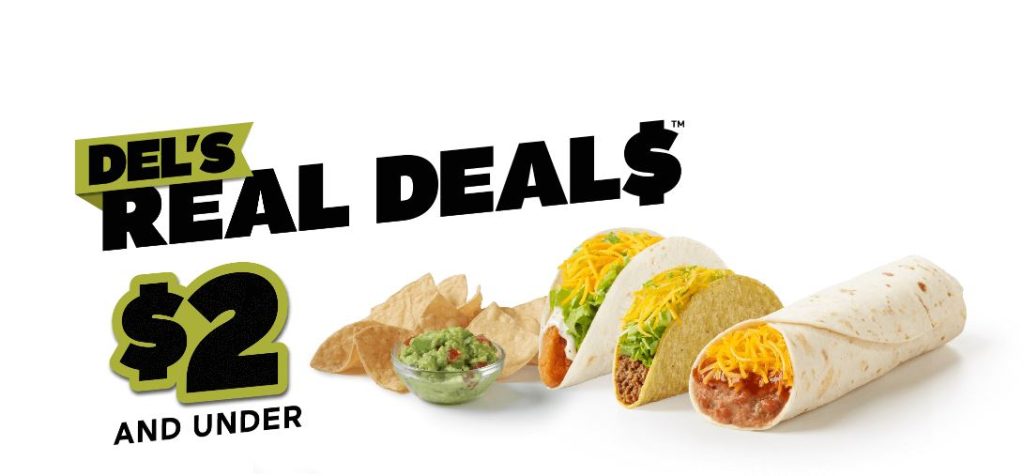
One prominent example is Del Taco, which recently unveiled its Del’s Real Deal$ value menu. With over a dozen items priced at $2 or less, Del Taco aims to stand out in a competitive market. The new menu includes a mix of existing favorites like tacos, burritos, nachos, and snacks, as well as a new addition: snack-sized chips with housemade guacamole. This initiative comes as the chain faces a 1.4% decline in same-store sales during fiscal Q2 2024, largely due to reduced customer traffic.
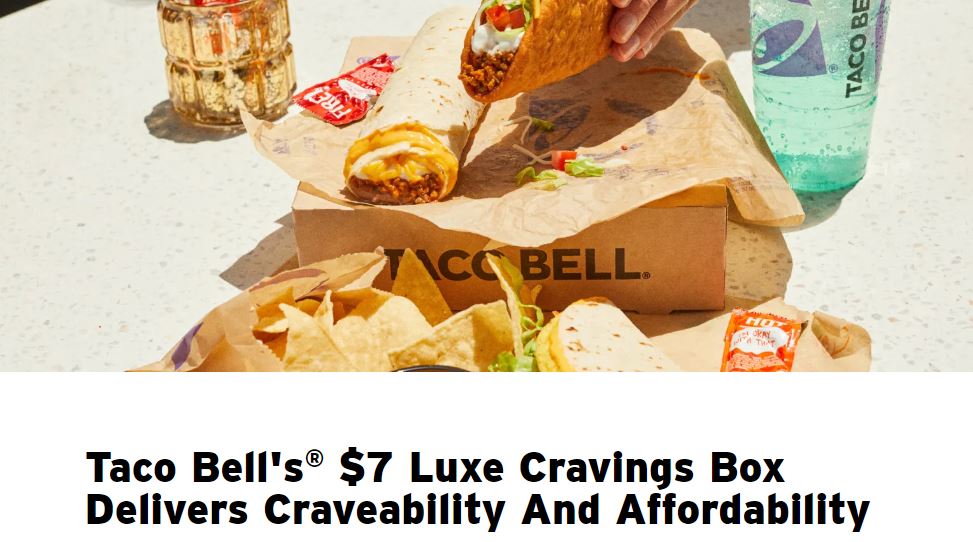
Del Taco’s strategy reflects a broader industry trend. Taco Bell, for instance, updated its Cravings Value Menu in January, though many items are priced above $2.
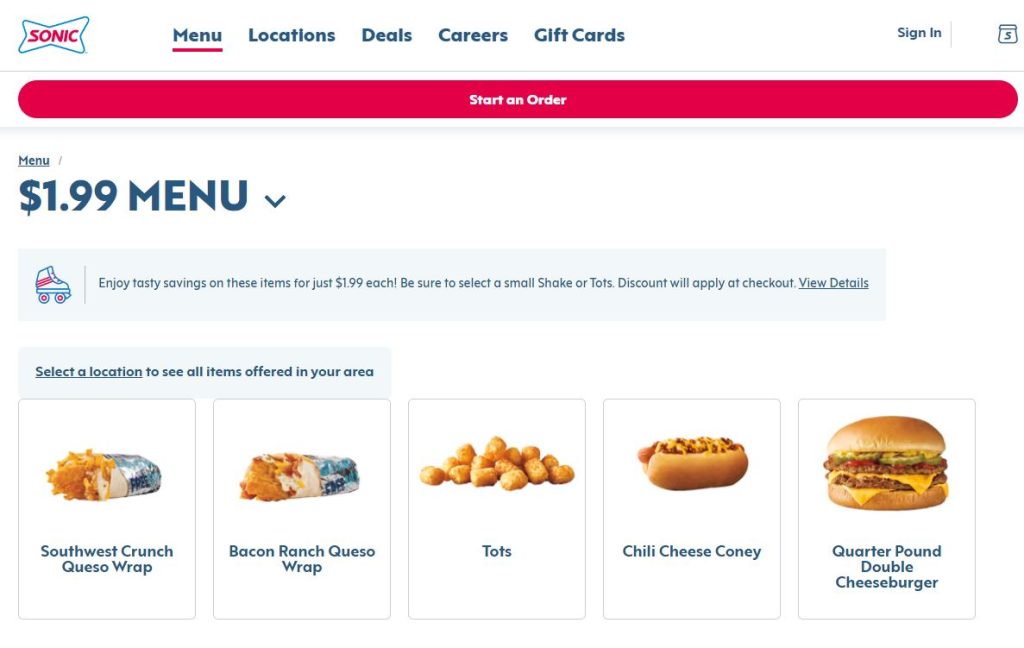
Sonic also introduced a permanent $1.99 value menu earlier this month. These moves highlight the fast food industry’s effort to offer attractive deals to price-sensitive customers.
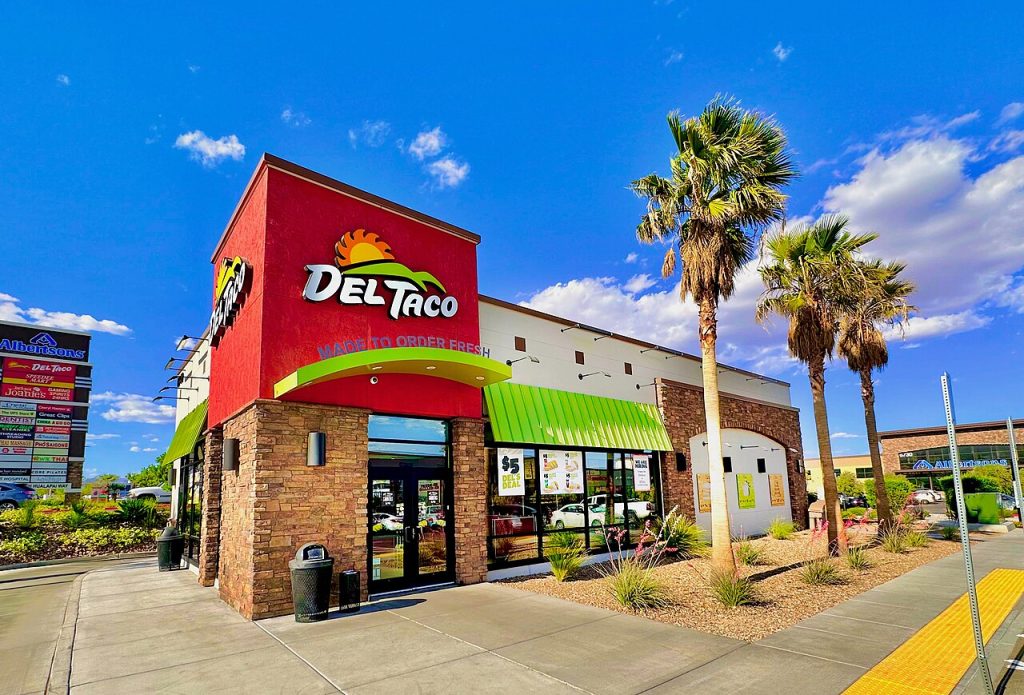
Value menus are not entirely new to Del Taco. Last year, the chain offered limited-time value options like $5 Del’s Deal Value Meals, which combined tacos, burritos, fries, and drinks. In March, Del Taco introduced a 2 for $3 Crispy Tacos and Egg & Cheese Breakfast Rollers deal.
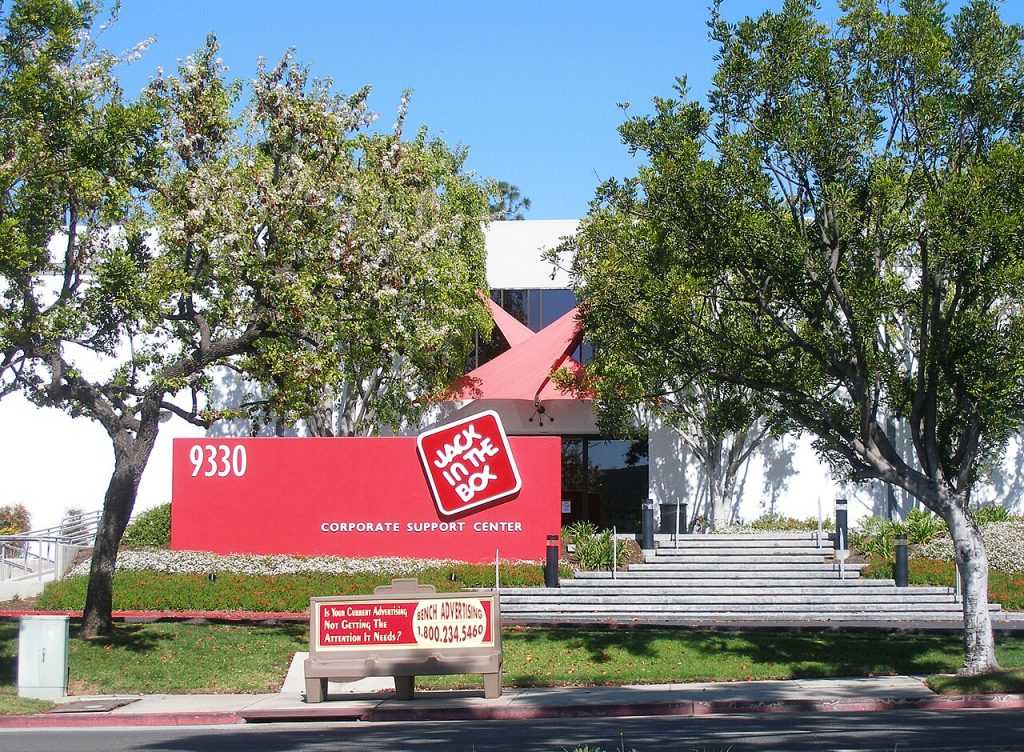
Promoting value is a central focus for both Del Taco and its parent company, Jack in the Box. Jack in the Box has rolled out its Munchies Under $4 menu, emphasizing affordable options. Del Taco’s efforts are spearheaded by President Tom Rose and Senior Vice President Sarah McAloon, who have implemented a menu simplification strategy to boost sales, improve service speed, and enhance margins. Additionally, the introduction of kiosks aims to increase order sizes and reduce labor costs.
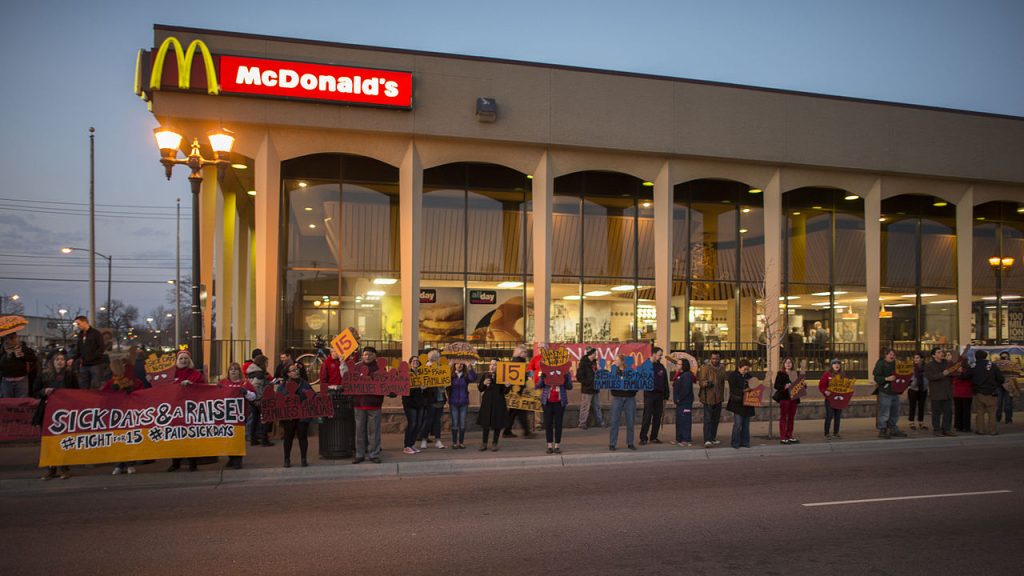
The push for value-driven menus is a direct response to the competitive landscape intensified by California’s minimum wage hike.
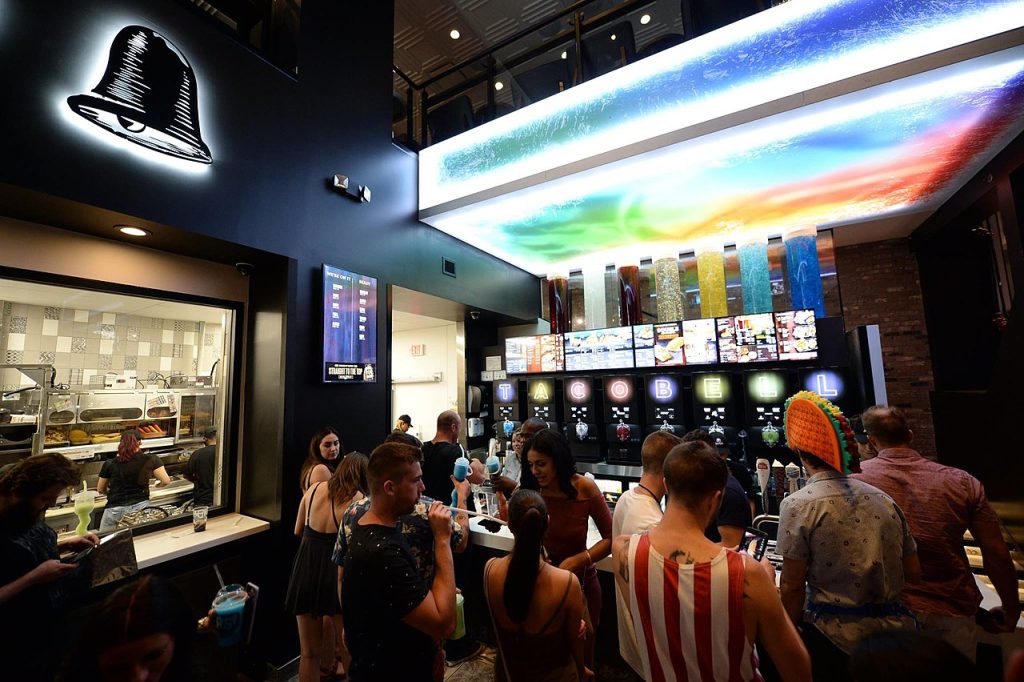
As restaurants vie for customer foot traffic, offering low-cost menu options becomes a crucial tactic. While higher labor costs might initially suggest price increases, the reality is that value menus could help drive customer traffic, potentially leading to lower prices on select items.
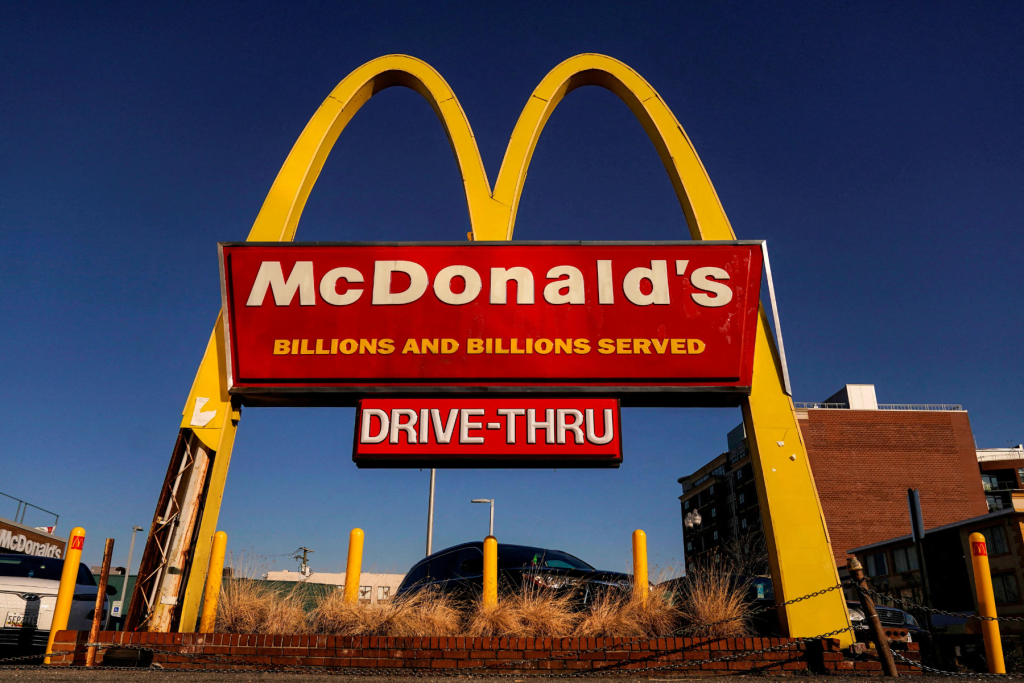
This trend underscores the adaptive nature of the fast food industry. Instead of merely passing on the increased costs to customers, restaurants are finding innovative ways to maintain and even grow their customer base. By introducing affordable value menus, they not only address the financial challenges posed by the minimum wage hike but also cater to a price-sensitive market eager for good deals.
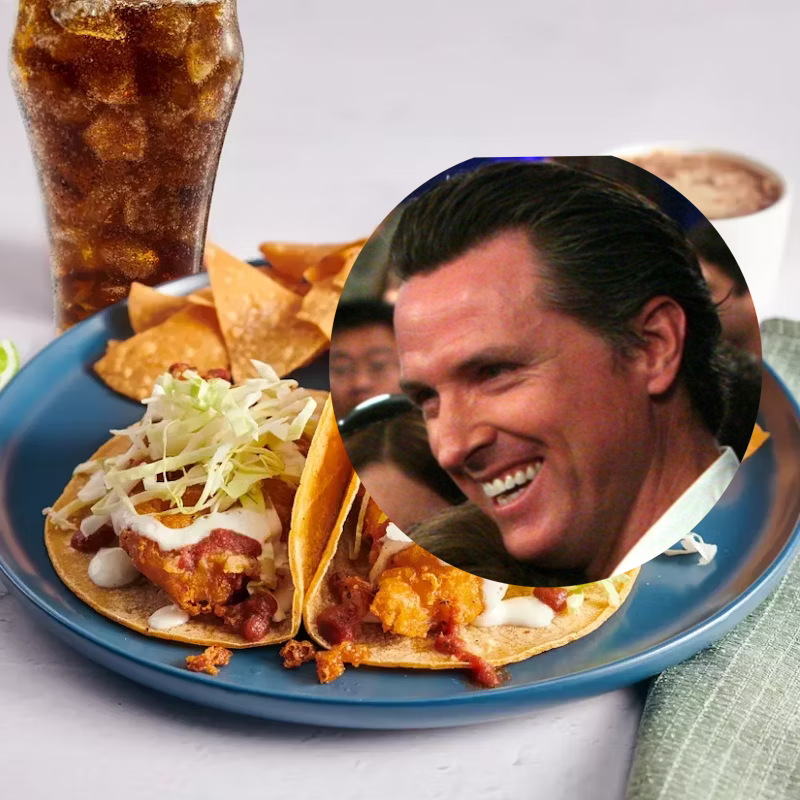
Governor Newsom’s minimum wage hike has sparked a significant shift in the fast food industry’s approach to pricing. Rather than uniformly raising prices, chains like Del Taco are rolling out value menus to attract more customers. This strategy not only helps mitigate the impact of higher labor costs but also offers consumers more affordable dining options, potentially leading to increased foot traffic and lower prices on select menu items giving Newsom the last laugh in the debate over minimum wage hikes.





